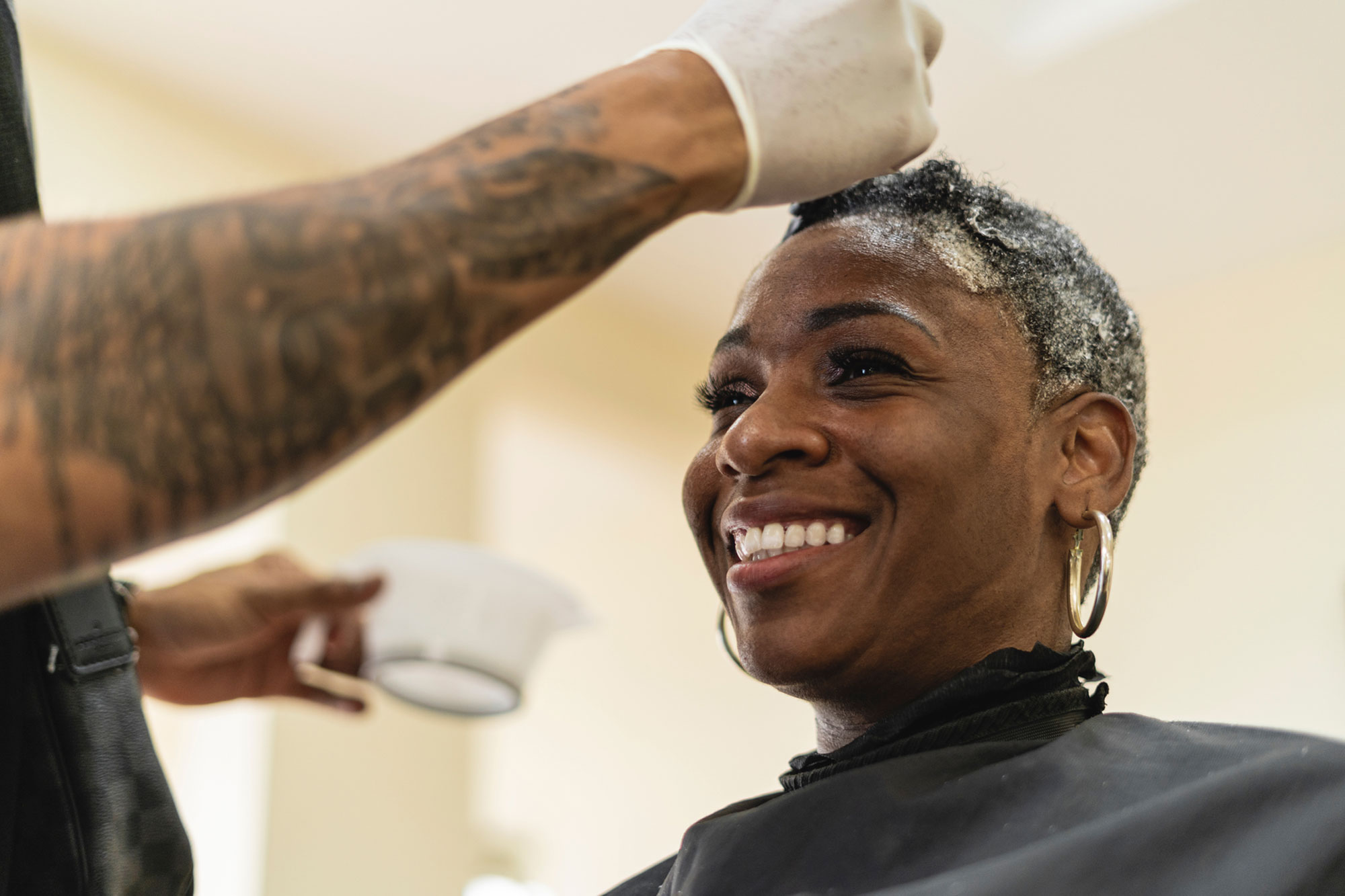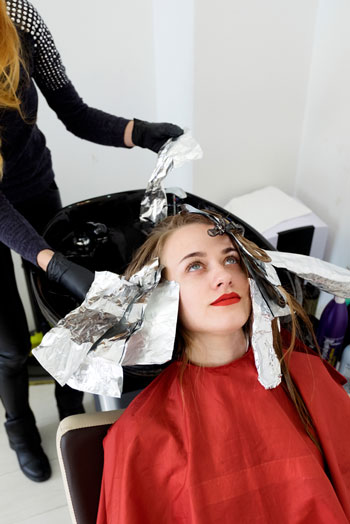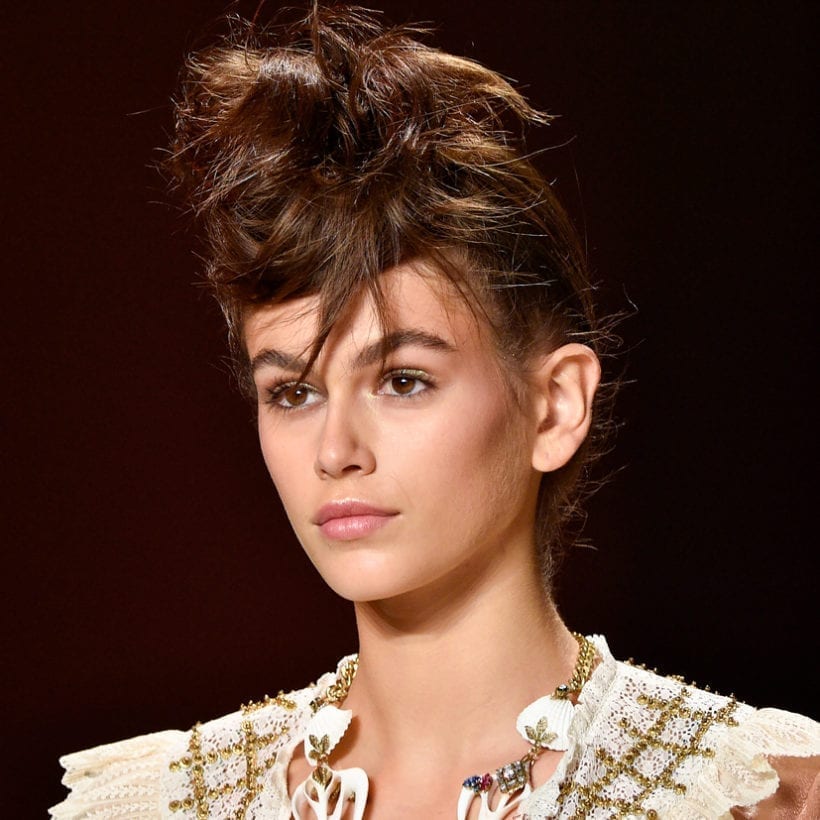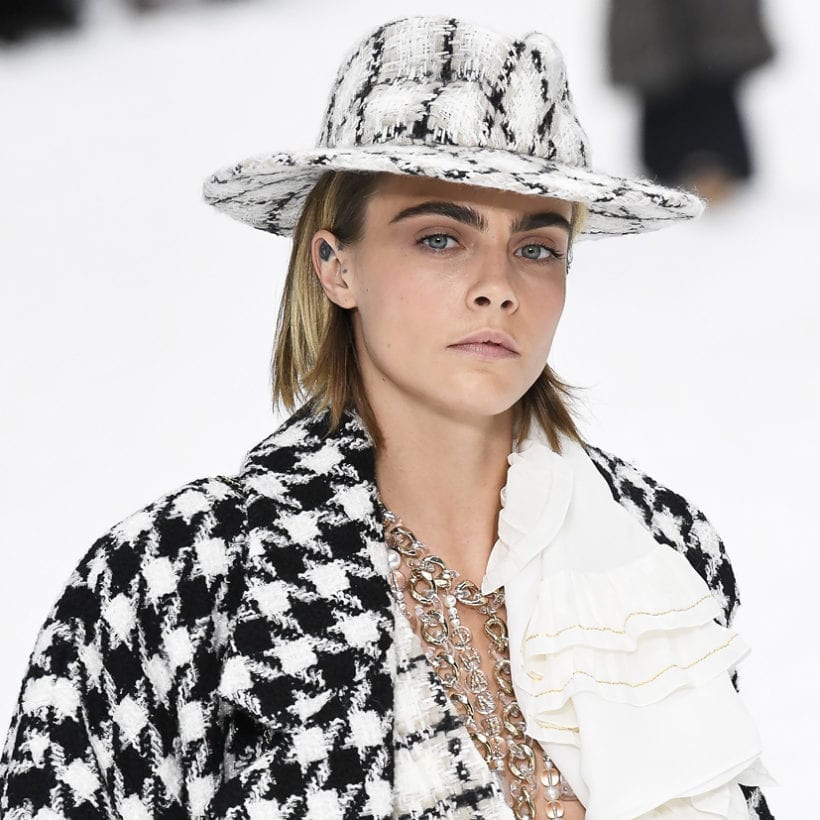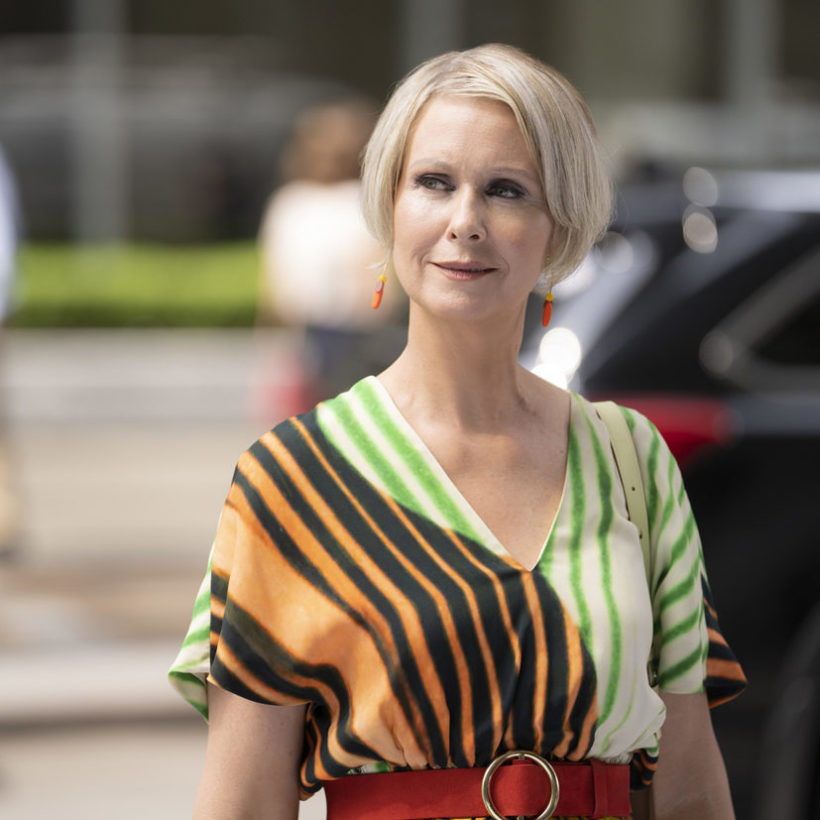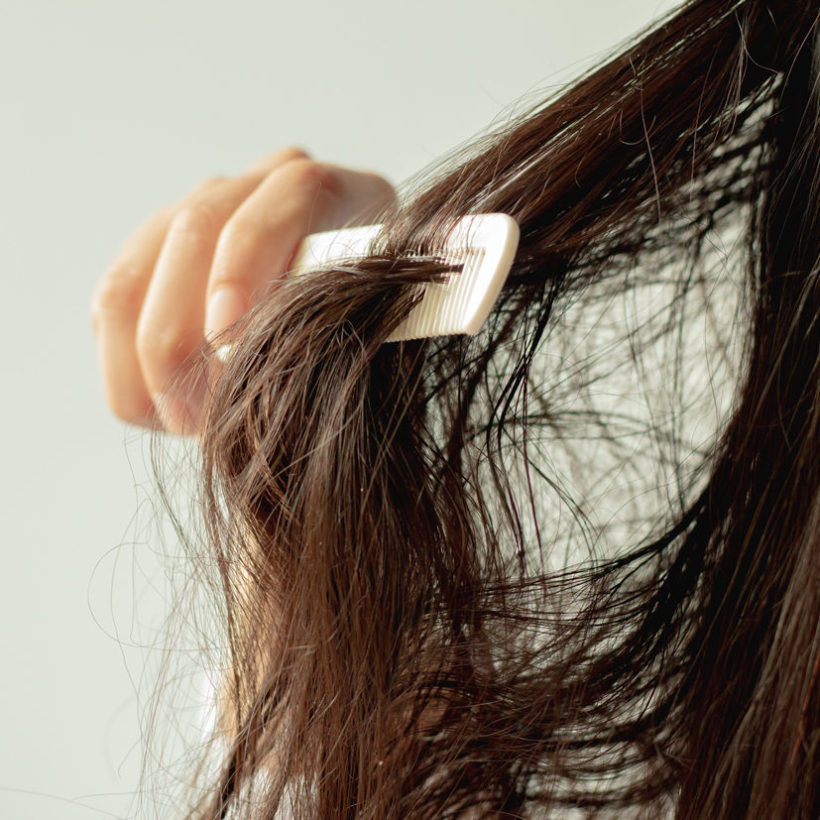Coloring hair is essentially a rite of passage for women. In the United States, 85% of women color their hair at least once every eight weeks and during the pandemic, a third of women dyed their hair at home. While we assume hair dye is safe, the general advice of not coloring hair during the first trimester of pregnancy makes us wonder how safe it is, especially because most women color or bleach their hair frequently and for decades. A Nurse’s Health Study followed 117,200 women over 36 years to study the link between permanent hair dyes, cancer risk, and mortality. Fortunately, no positive association was made between the use of permanent hair dye and risk of most cancers.
We spoke with certified trichologist Bridgette Hill to clarify further on whether coloring hair is a health concern and should be a cause for worry.
Is hair color safe?
“There have been vast studies on the carcinogenicity of synthetic pigment hair color and while in the past, ingredients such as 2,4-diaminotoluene may have had carcinogenic potential in rats, they are no longer used. The regulatory industry has concluded there is negligible human risk of cancer during the hair coloring process.
“There are many brands in the ‘clean beauty’ movement that are formulating gentler products, from simple stains with no traces of ammonia, peroxide, or synthetic pigments. The ‘health factor’ regarding hair color is not simply the ingredients but also, the application, the maintenance, and the hair type and texture the color is being applied to.”
What are the different kinds of hair color?

“The hair color process chart is as follows:
- Pure Henna: Plant-based pigment stain with no chemicals
- Rinse: Synthetic color pigment stain formulated with little to no traces of peroxide and ammonia-free
- Semi- and Demi-Permanent Color: Synthetic color pigment stain with low traces of peroxide and ammonia-free
- Permanent Color: Synthetic color pigment stain with ammonia and peroxide
- High Lift Color: Synthetic color pigment stain with high levels of ammonia and peroxide
- Lightening (Bleaching): Very high levels of ammonia and peroxide with alkaline ingredients in a powder, gel or cream
The safest hair colors are pure hennas, semi-permanent color, and rinses — if there are no underlying health concerns. But to be safe, 24-hour patch testing is recommended.”
What are the ingredients and chemicals to be wary of in hair color?
“The concern should not be the ingredients, if you are purchasing from a reputable source. Rather, are there underlying scalp, skin, hair, and general health conditions to be aware of before coloring my hair? This is how the determining factor of “to color or not color?” should be made. The conversation should be between the client and the medical practitioner and concerns should then be communicated to the stylist. The same applies to coloring hair during pregnancy. It’s a personal decision and choice based on how one’s medical team and belief system measure the risk of the dermal transdermal application of products through the skin.”
Is there a difference between at home box color and salon color?
“The most important difference between professional color and at home box color is the shelf life and preservatives in the packaging as well as the quality of the synthetic pigment. Professional color has much more potency and can be formulated to create a spectacular result.”
What are the ways we can damage the hair when we color it?
“The biggest mistake I see is making extreme changes in one service. Drastically changing hair color should be a gradual process and not achieved in one session. Highlighting or frequent balayage leads to breakage, mechanical damage, and hair shedding. There should be a minimum of 11 to 15 weeks between a highlight or balayage. Root touch-ups can safely be redone with any type of hair color, every 2 to 8 weeks.”
Are there hair coloring techniques that are “safer” than others?
“There are many factors that are taken into consideration in deciding what technique is best used to achieve a desired hair color. For example, to achieve long blonde hair, a highlight or balayage is the better option because it retains the integrity of the hair length and allows the hair fibers to be lifted lighter with nominal maintenance. (Touch-ups range from 3 to 6 months.) High-lift bleaching applied to the scalp is not the best option for long hair, but is ideal for short pixie hair that gets cut frequently and is too short to properly foil or balayage. It’s a matter of using the right technique, for the proper hair type and texture, with the proper maintenance. That is the key to healthy hair color.”
